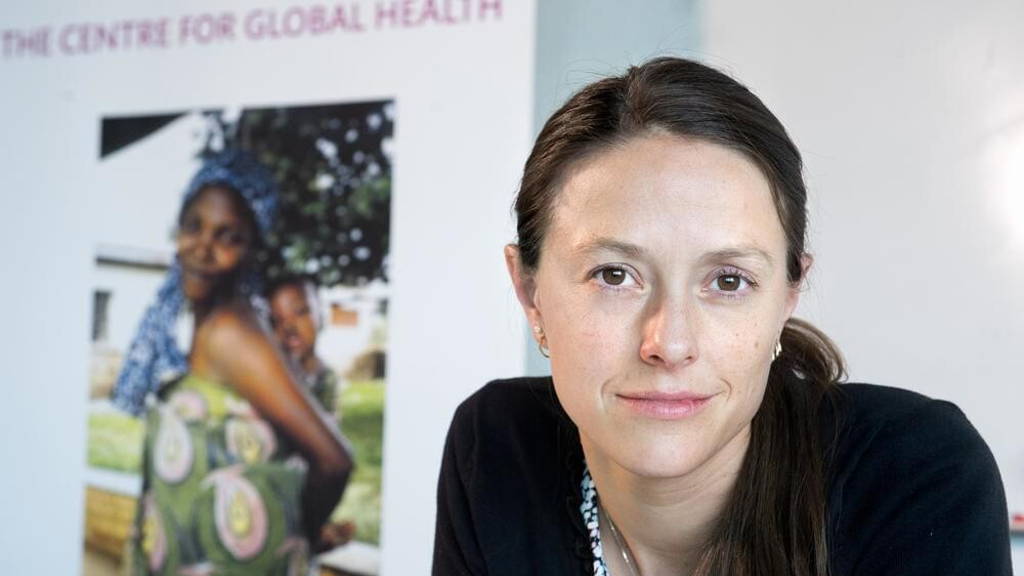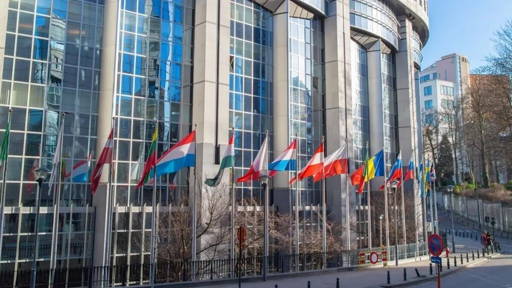Data show us the truth about demographical, social and healthcare trends. But many erroneous opinions still exist in society. Which of them are the most influential, where do we tend to go wrong?
When we talk about health care, one of the biggest mistakes is that we sometimes draw the wrong conclusions from data. People tend to use data for their own pet cause, and then sometimes even rename it, massage it or manipulate it somewhat to make it fit their cause. We wrote an article in the Lancet about this concerning the case of how the data for Maternal mortality was misused.
That data needs to be presented in an understandable way to have a big impact
Gapminder tells us in numbers about the inequalities of the world. Which data and statistics have shocked you the most so far?
What has shocked me most is actually the amazing speed of improvement in many countries in both Africa and Asia in the past few decades, with decreasing health inequalities as a result. Many countries are improving the health of their citizens faster than was ever the case in Sweden for example. Just take a look at the rate of falling child mortality in a country like Ethiopia, and compare the same improvement they have made in the past 15 years.
How can we learn from these numbers and how can we turn knowledge into action?
We need to make sure that the correct data underlies all important decisions. We also need to make sure that the quality of the data is good enough, for all indicators. At present we tend to have worse data for the areas where good data is most needed (like in areas with extreme poverty).
How can big data help us to create better public health systems and solutions?
Big data is often regarded as the solution to many things. The problem with big data is that the denominator is often missing. This is especially the case where it is needed most, as mentioned above, in areas with extreme poverty. We need more local data, and detailed local data, that can help those working with public health at the local level to make the right decisions.

Gapminder is also available for teachers. How can teaching students about global healthcare trends at schools influence people's decisions in the future?
Gapminder has been teaching global trends to the public for almost 20 years, but one of the co-founders, Professor Hans Rosling was disappointed that his lectures did not seem to have an effect. It seemed to be too difficult to make people relearn what they had once learnt in school, which is usually where they learn their outdated world views. That is why Gapminder decided to start teaching in schools, to teach the young people who do not already have an outdated world view.
What are the biggest lessons we can learn from Gapminder statistics?
That data needs to be presented in an understandable way to have a big impact. The best way to do this is to reveal the people behind the numbers. One way of doing this is to use Dollar Street. Professor Hans Rosling was an expert in this, and I would recommend everyone to go to Gapminder.org and watch his BBC documentaries or Ted Talks, which are all free and available to watch or download to see how it can be done.
Visit the Gapminder’s website for more details: www.gapminder.org






